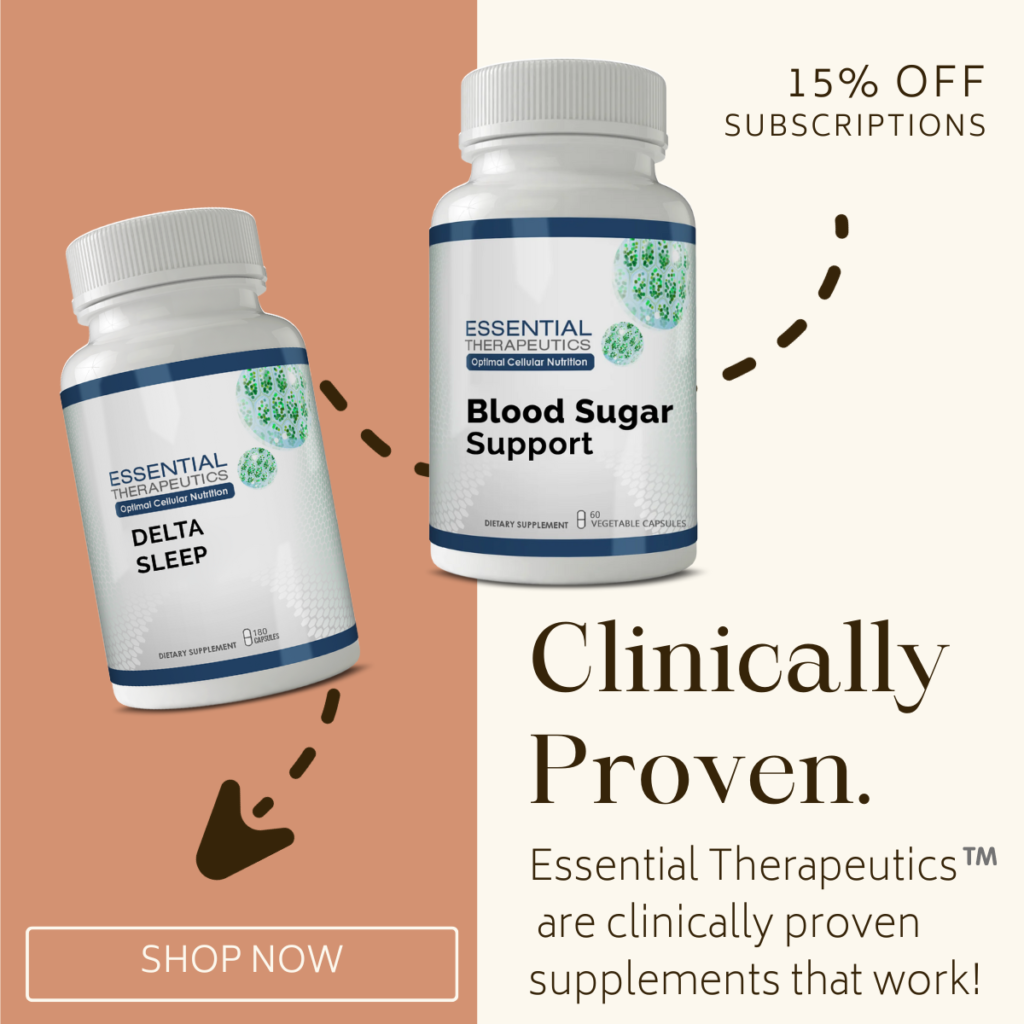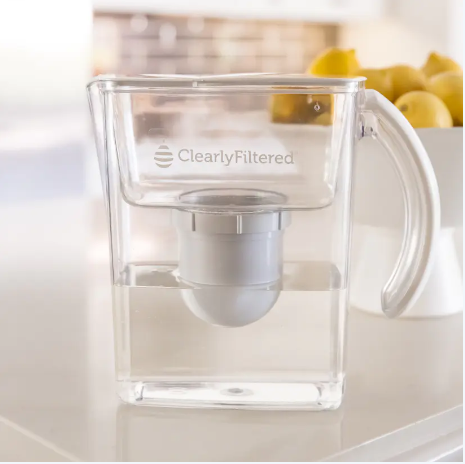
Knee Surgery No Better Than Placebo
Finnish researchers report in New England Journal of Medicine that arthroscopic partial meniscectomy is no better than sham surgery in patients with a degenerative medial meniscal tear and no knee osteoarthritis.
About 700,000 arthroscopic partial meniscectomies are done each year in the United States, at an estimated annual cost of $4 billion. Recently, a randomized trial showed that arthroscopic partial meniscectomy combined with physical therapy provides no better relief of symptoms than physical therapy alone in patients with a meniscal tear and knee osteoarthritis.
The researchers conclude that arthroscopic partial medial meniscectomy provides no significant benefit over sham surgery in patients who have a degenerative meniscal tear but who do not have knee osteoarthritis.
If considering knee surgery for a meniscus injury, you may want to do a trial of over the counter anti-inflammatories, fish oil, turmeric, and a trial of physiotherapy.
I’ve found that the right combination of over the counter glucosamine plus chondroitin, offers a safe and effective way to alleviate osteoarthritis related knee pain.
Glucosamine is an amino acids monosaccharide produced in the body by the combination of glucose with glutamine, through the enzymatic action of Glucosamine synthetase (GS). GS plays a role in the formation of articular surfaces, tendons, ligaments, synovial fluid, skin, bone, nails, heart valves, blood vessels and in mucous secretions of the digestive, respiratory, and urinary tracts. MSM is important for the formation of health new cells, studies show it can reduce pain and inflammation. Chondroitin Sulfate stimulates cartilage production and inhibits enzymes that destroy it. Studies show, it improves joint function and mobility, reduced pain and inflammation.

Grass Fed Beef Is The Healthy Choice!
Grass-fed beef contains less overall fat but more of the healthy omega-3 fats and CLA (conjugated linoleic acid). Alpha linolenic acid (ALA), eicosapentaenoic acid (EPA), and docosahexaenoic acid (DHA). Grass-fed beef contains considerably higher levels of the same omega-3’s found in oily fish. These three essential fatty acids are absolutely necessary for optimal health, especially cardiovascular and brain health.
Omega 3 and CLA fats provide an assortment of health enhancing functions including reducing inflammatory chemicals, boosting immune function, reducing low moods, and increasing mental clarity.
A Healthy Omega-6 to Omega-3 Ratio
To prevent excessive inflammation in the body, a healthy diet should contain only about 1 to 3 times as much omega-6 fatty acids as omega-3 fatty acids. The standard American diet, however, contains up to 30 times more omega-6 fatty acids than omega-3, contributing to the epidemic of chronic inflammation-related diseases. The average omega-6 to omega-3 ratio of grass fed beef is about 1.5 to 1:00, while the grain fed ratio is a bout 7:1
Grass fed beef contains two to three times more, healthy CLA, than what is found I grain-fed beef. CLA has been shown to reduce obesity, atherosclerosis, cardiovascular diseases, osteoporosis, diabetes, insulin resistance, inflammation, and various types of cancer, especially breast cancer.
Grass-fed cows have much higher amounts of several health enhancing nutrients. Compared to grain fed beef, grass fed beef have 7 times more of the potent antioxidant, carotene, three times more vitamin E. Vitamin E is an important antioxidant for defense against cancer, heart health, and vision.
Grass fed beef contains higher concentrations of all B vitamins including thiamin, riboflavin, and vitamin B12. That’s nearly twice as much total fat in the conventional steak compared to grass fed beef. Another great reason to eat grass fed beef is to avoid the over use of antibiotics so often used in grain fed industrialized livestock.

Why You Should Consider Eating Only Free Range Chicken
There are several reasons why you might consider eating free-range chickens:
1. Free-range chickens are allowed to roam and engage in natural behaviors, such as scratching the ground and foraging for food. They have more space to move around compared to conventionally raised chickens, which are often confined to small cages or overcrowded indoor spaces. This can lead to improved animal welfare and a better quality of life for the chickens.
2. Free-range chickens are often fed a more natural diet, which can result in meat that is higher in certain nutrients. For example, free-range chickens may have higher levels of omega-3 fatty acids, which are beneficial for heart health. They may also have higher levels of vitamins and minerals compared to conventionally raised chickens.
3. Free-range chicken farming practices can have a lower environmental impact compared to conventional methods. Free-range chickens have access to outdoor areas where they can graze on grass and insects, reducing the need for large amounts of grain-based feed. Additionally, free-range farming systems often prioritize sustainable practices, such as using organic feed and minimizing the use of antibiotics and hormones.
4. Many people find that free-range chicken has a richer flavor and more tender texture compared to conventionally raised chicken. This may be due to factors such as the chickens’ natural diet and increased physical activity.
It’s important to note that the term “free-range” can vary in its definition and may not always guarantee specific welfare or environmental standards. To ensure that you are purchasing high-quality, ethically-raised chicken, look for certifications such as “Certified Humane” or “Animal Welfare Approved” that have strict standards for animal welfare.
I recommend buying from a “local source.”
A good place to find cage free, free range chicken (and grass fed beef) is at your local farmer’s market.
WalMart, Sam’s, Target, Costco, and others stores are carrying grass fed and free range animal options.

Anti-inflammatory Foods
Along with eating more grass fed and free range animal products here are some additional anti-inflammatory food choices.
Anti-inflammatory foods are those that can help reduce inflammation in the body. Inflammation is a natural response by the immune system to protect the body from injury or infection. However, chronic inflammation can contribute to various health problems, including heart disease, arthritis, and certain types of cancer.
Here are some examples of anti-inflammatory foods:
1. Fatty fish: Fish like salmon, mackerel, and sardines are rich in omega-3 fatty acids, which have anti-inflammatory properties.
2. Berries: Blueberries, strawberries, and raspberries are packed with antioxidants that can help reduce inflammation.
3. Leafy greens: Vegetables like spinach, kale, and collard greens are high in vitamins, minerals, and antioxidants that can combat inflammation.
4. Turmeric: This spice contains a compound called curcumin, which has powerful anti-inflammatory effects.
5. Extra virgin olive oil: Olive oil is rich in antioxidants and healthy fats, which can help reduce inflammation.
6. Nuts: Almonds, walnuts, and other nuts are a good source of healthy fats and antioxidants that can fight inflammation.
7. Tomatoes: Tomatoes are rich in lycopene, an antioxidant that has anti-inflammatory properties.
8. Green tea: Green tea is packed with antioxidants called catechins, which can help reduce inflammation.
9. Garlic: Garlic contains sulfur compounds that have been shown to have anti-inflammatory effects.
10. Dark chocolate: Dark chocolate with a high cocoa content is rich in antioxidants and can help reduce inflammation.
Other Ways to reduce inflammation include over the counter supplements like fish oil, turmeric, rosemary, green tea, holy basil, and ginger.
I recommend the Essential Therapeutics I.S.F. Inflammation Support Formula


Looking For A Natural Laundry Soap – Make It Yourself
There is no shortage of laundry detergent soaps, dozens of choices on the shelves. However, you should know that while most detergents do in fact get the clothes clean, they are usually loaded with potentially toxic chemicals.
The average laundry soap has a number of harmful substances in it that could potentially enter be absorbed by your skin or through the air you breathe. When buying laundry soap from the grocery store, you can be sure that a product labeled with a dozen warnings is probably not going to be good for you or the environment. Buy products scented with natural essential oils instead of artificial fragrance.
Fortunately there are all-natural, safe and effective soap detergents on the market. I trip to your local health food store or through Amazon, should provide plenty of good choices.
Avoid using chlorine bleach to whiten clothes. Instead, try borax.
And for those with an adventurous spirit, you can make your own all- natural soap.
Here’s a safe all natural soap recipe, add 11 cups of Arm and Hammer Super Washing Soda to 15 cups of Arm and Hammer Baking Soda and seven cups of Dr. Bronners Castile soap and three tablespoons of essential oil (such as lavender or lemon). This recipe should get you through months of doing laundry.
- 3/4 cup Dr. Bronner’s Pure Liquid Soap (For laundry, I like to use the lavender, almond, and citrus varieties)
- 1/2 cup Arm and Hammer Super Washing Soda
- 1/2 cup 20 Mule Team Borax or substitute with Baking Soda 20-
- And best of all with a little effort, your all-natural, friendly to the environment, laundry soap costs about $2.88 for two gallons, or 96 loads if you use the suggested 1/3 cup a load.








